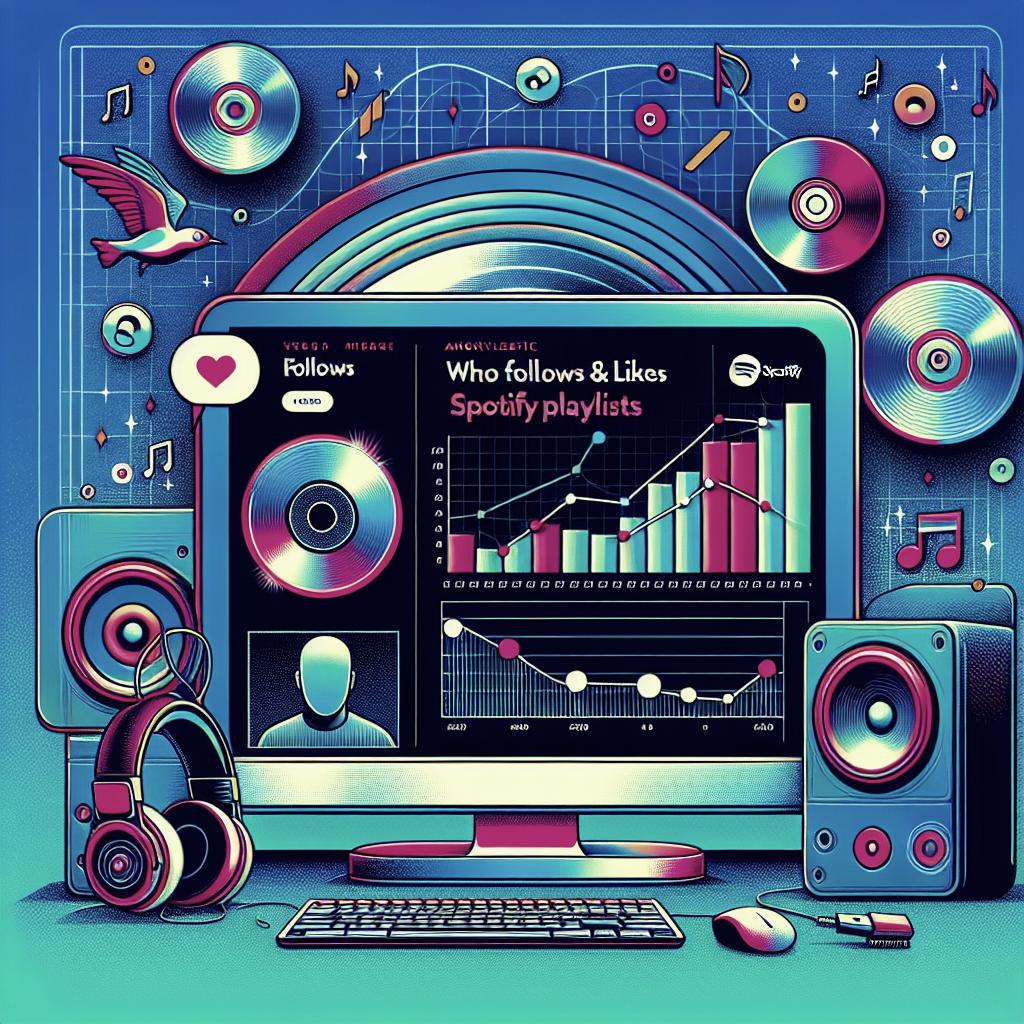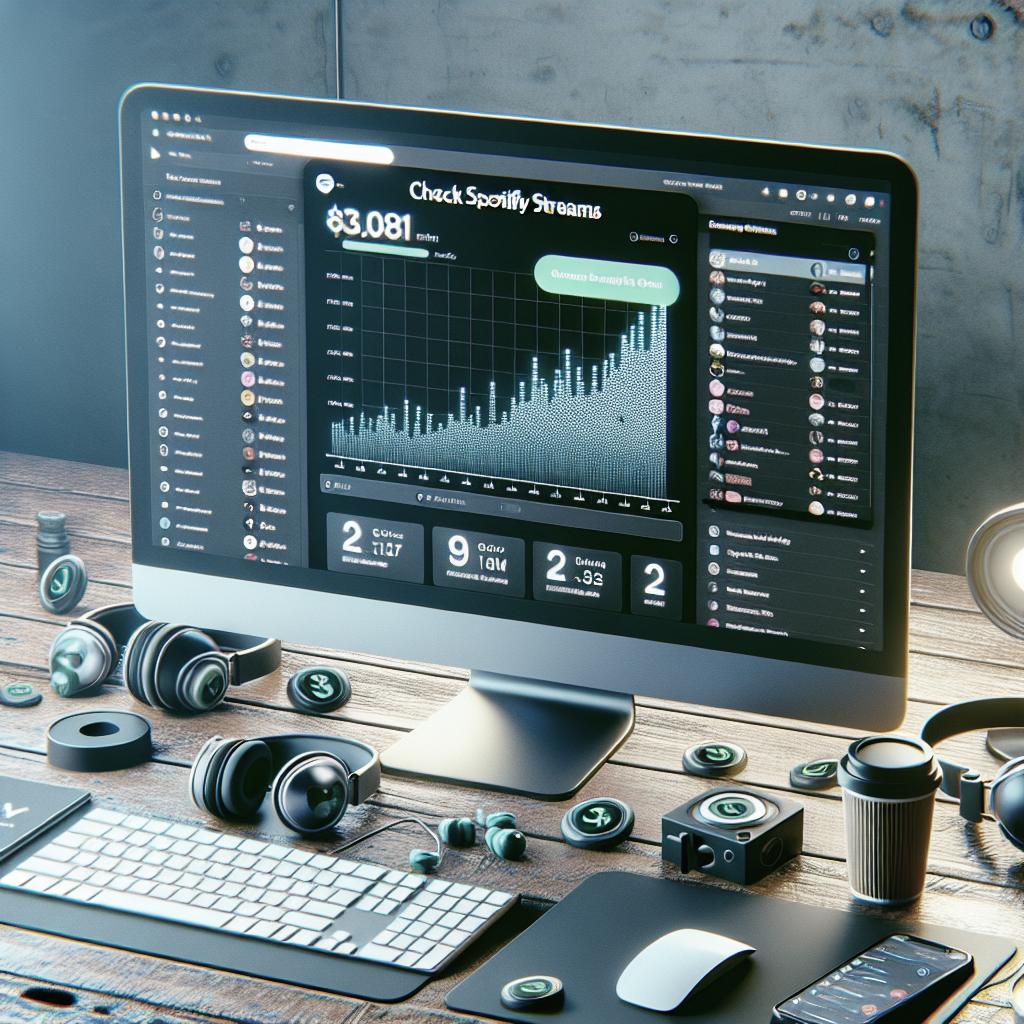Reaching a million streams on Spotify is a significant milestone for any artist. By strategically utilizing social media ads, creating engaging content, and optimizing your presence on Spotify, you can make your songs stand out in the digital music landscape. This guide will walk you through essential steps like running optimal ads, fine-tuning your content, leveraging features like Release Radar, and understanding the timing of your releases. By the end of this post, you’ll have a clear path to making your music go viral. Let’s dive into the critical concepts to help you achieve that coveted million-stream mark.
Running an Optimal Ad
The first step to getting a million streams on Spotify is running optimal ads. An effective advertisement captures attention and entices engagement. Start by identifying your target audience. Who are they? What kind of music do they already engage with? Platforms like Facebook and Instagram offer detailed audience targeting, letting you specify demographics, interests, and behaviors. Use these features to narrow down your ad’s reach to those most likely to appreciate your music. Next, think about the design and message of your ad. Visuals are crucial – a compelling image or video clip highlighting the best part of your song can be the hook that pulls people in. Pair this with a strong call-to-action. A simple “Listen Now” or “Check it out on Spotify” directs viewers to your music effortlessly. Ensure that your ad copy is succinct, engaging, and reflects your music’s vibe.
Creating Engaging Content
Engaging content is the lifeblood of any successful ad campaign. Beyond just pushing your music, think about what resonates with your audience. Telling a story through your social media posts can create an emotional connection with your listeners. Share behind-the-scenes footage, the inspiration behind your songs, or snippets of your daily life as an artist. User-generated content can also be a goldmine for engagement. Encourage your fans to share videos of themselves enjoying your music. Repost their content on your channels, fostering a sense of community. Additionally, utilize interactive features like polls, Q&A sessions, and live streams to keep your audience engaged and invested in your musical journey.
Fine Tuning Your Ads
Once your ads are running, the work is far from over. Continuous monitoring and fine-tuning are crucial for success. Use analytics tools to track ad performance. Platforms like Facebook Ads Manager or Google Analytics provide detailed insights into how your ads are performing. Look at metrics such as click-through rates (CTR), engagement, and conversion rates to gauge effectiveness. Don’t hesitate to make adjustments. If an ad isn’t performing well, tweak your targeting parameters, switch up your visuals, or experiment with different ad copy. A/B testing can be particularly useful, allowing you to compare different versions of your ads to see what resonates best with your audience. The ultimate goal is to create a cycle of continuous improvement, constantly honing your ads to maximize engagement and streams.
That was a lot, TLDR on Social Media Ads?
In summary, running efficient social media ads boils down to a few key points: 1. Identify and target the right audience using detailed demographic and interest parameters. 2. Craft visually appealing ads with compelling content and clear calls-to-action. 3. Regularly monitor performance and make data-driven adjustments to optimize results. These steps will help ensure your ad budget is spent effectively, bringing more listeners to your music on Spotify.
Release Radar
Release Radar is one of Spotify’s most powerful tools for new music discovery. This personalized playlist updates every Friday with new releases from artists that users follow or listen to. To get your music onto as many Release Radar playlists as possible, encourage your existing fans to follow you on Spotify. Additionally, ensuring your artist profile is complete and engaging increases your chances of being featured. Upload high-quality images, write a compelling bio, and keep your profile updated with news and upcoming releases. The more professional and polished your profile, the more likely Spotify’s algorithm will take note and include your tracks in recommendations.
Post about Your Song!
The importance of social media cannot be overstated when promoting your new release. Posting regularly about your song will keep it fresh in your fans’ minds and encourage sharing. Don’t just drop a link; create posts that invite interaction. Ask your followers what they think, invite them to share their favorite lyrics, or run a contest that involves streaming your song. Consistency is key. Use platforms like Instagram, Twitter, Facebook, and TikTok to reach different audience segments. Cross-promotion can also be highly effective; if you collaborate with other artists or influencers, tag them in your posts to reach their audience as well.
In Order to Trigger the Algorithm, Spotify Has to Think Your Song Will Do Well
Spotify’s algorithm is a powerful gatekeeper when it comes to viral success. For the algorithm to favor your song, your track needs to show early signs of success. This includes high play counts, playlist additions, saves, and shares within the first few days of release. To trigger these actions, leverage your existing fan base by encouraging them to not only listen but to save and share your song. High engagement rates signal to Spotify that your track is popular, increasing its chances of being recommended to a broader audience through algorithmic playlists like Discover Weekly.
Timing Matters
Timing your release can significantly impact its success. Avoid dropping new music during major holidays or when significant events might overshadow your release. Instead, aim for times when listeners are most active on Spotify. New Music Friday is a popular day for releases, as listeners are actively seeking out fresh tracks for their weekend playlists. Moreover, consider the timing of your promotional efforts. Start teasing your release at least two weeks in advance. Build anticipation through countdowns, sneak peeks, and pre-save campaigns. This ensures that when your song finally drops, it has a strong initial push that can help trigger Spotify’s recommendation algorithms.
Lessons Learned
| Strategy | Key Actions | Outcome |
|---|---|---|
| Running Optimal Ads | Identify target audience, create compelling visuals and messages, use strong calls-to-action | Higher engagement and directed traffic to Spotify |
| Creating Engaging Content | Share personal stories, use user-generated content, and interactive features | Builds a strong community and keeps audience engaged |
| Fine Tuning Ads | Monitor ad performance, use analytics, A/B testing | Optimized ad campaigns for better effectiveness |
| TLDR on Social Media Ads | Target right audience, create compelling content, monitor and adjust | Efficient ad spend and increased streams |
| Release Radar | Encourage followers, maintain a polished artist profile | Increased likelihood of being featured in playlists |
| Post About Your Song | Regular and engaging social media posts, cross-promotion | Sustained interest and engagement in your new release |
| Triggering the Algorithm | Encourage early engagement, saves, and shares | Increased chances of algorithmic recommendations |
| Timing Matters | Release during optimal times, start promotion early | Stronger initial push and better visibility |


